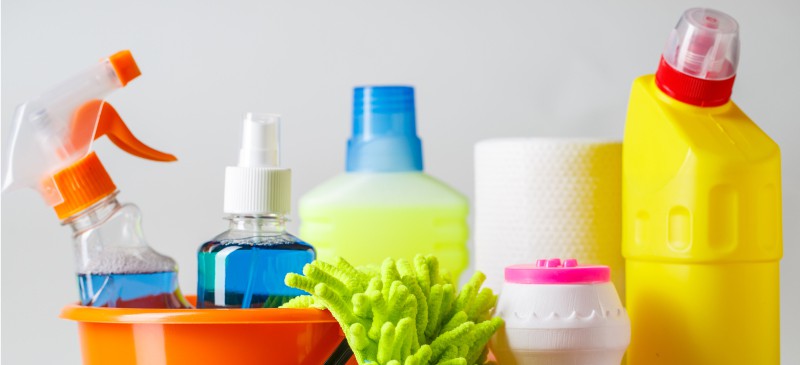The Hidden Dangers: Unveiling the Toxic Household Chemicals that Endanger Human Health
2 min read
In our daily lives, we often come into contact with various household chemicals without realizing the potential harm they can pose to our health. This blog post aims to shed light on the toxic household chemicals that can have detrimental effects on human health. By understanding the risks associated with these substances, we can make informed choices to protect ourselves and our loved ones.
- Formaldehyde: The Silent Threat
Formaldehyde, commonly found in cleaning products, paints, and furniture, is a highly toxic chemical. Prolonged exposure to formaldehyde can lead to respiratory issues, skin irritation, and even cancer. It is crucial to be aware of products containing formaldehyde and opt for safer alternatives. - Phthalates: Hiding in Plain Sight
Phthalates are often used in fragrances, plastics, and personal care products. These chemicals have been linked to hormonal disruptions, reproductive problems, and developmental issues in children. By avoiding products with phthalates and choosing natural alternatives, we can reduce our exposure to these harmful substances. - Triclosan: The Antibacterial Paradox
Triclosan, commonly found in antibacterial soaps and toothpaste, may seem like a good defense against germs. However, studies have shown that it can disrupt hormone function and contribute to the development of antibiotic-resistant bacteria. Opting for regular soap and water is a safer and more effective way to maintain hygiene. - Ammonia: A Breath of Fresh Air?
Ammonia, often found in cleaning products, can cause respiratory irritation and even lung damage when inhaled. It is important to use ammonia-based products in well-ventilated areas and consider safer alternatives like vinegar or baking soda for cleaning purposes. - Chlorine: The Double-Edged Sword
Chlorine, commonly used in household cleaning products and water disinfection, can release harmful fumes when mixed with other chemicals. Prolonged exposure to chlorine can lead to respiratory issues and skin irritation. Exploring chlorine-free cleaning options and using water filters can help minimize exposure.
Conclusion:
Being aware of the toxic household chemicals that pose risks to human health is the first step towards creating a safer living environment. By making informed choices and opting for safer alternatives, we can protect ourselves and our families from the hidden dangers lurking in our homes. Remember, a healthy home is a happy home.
